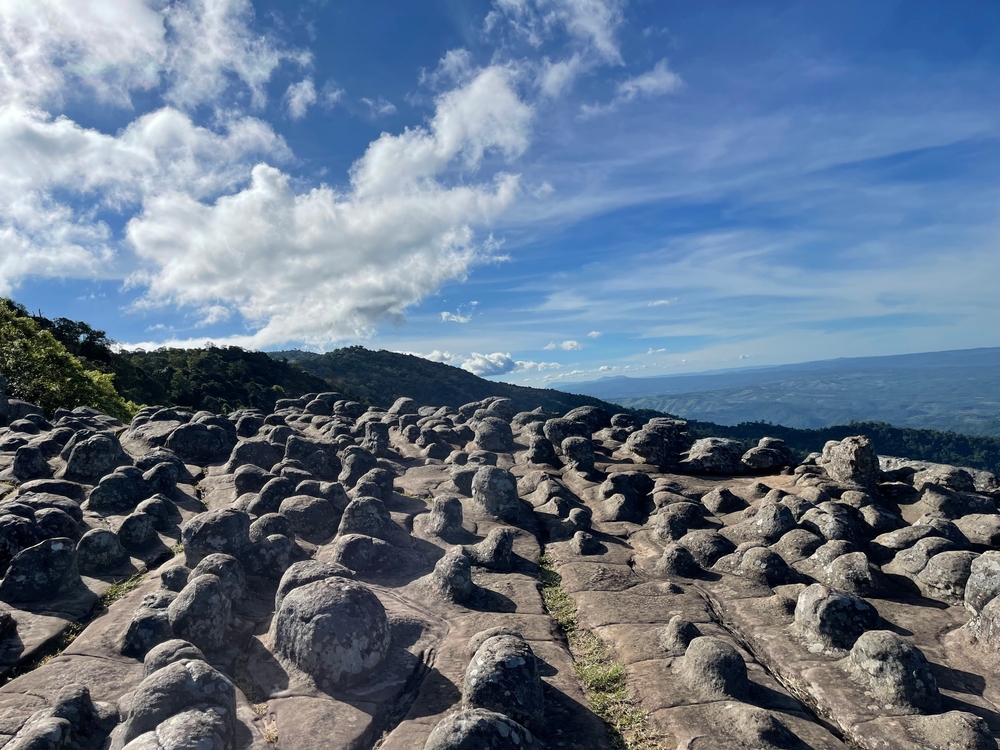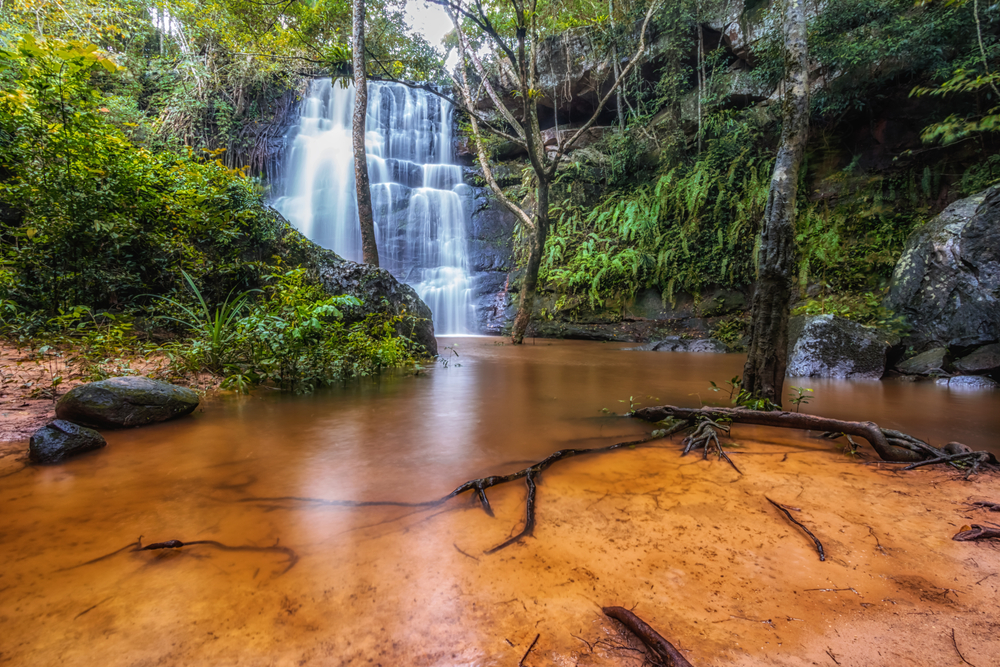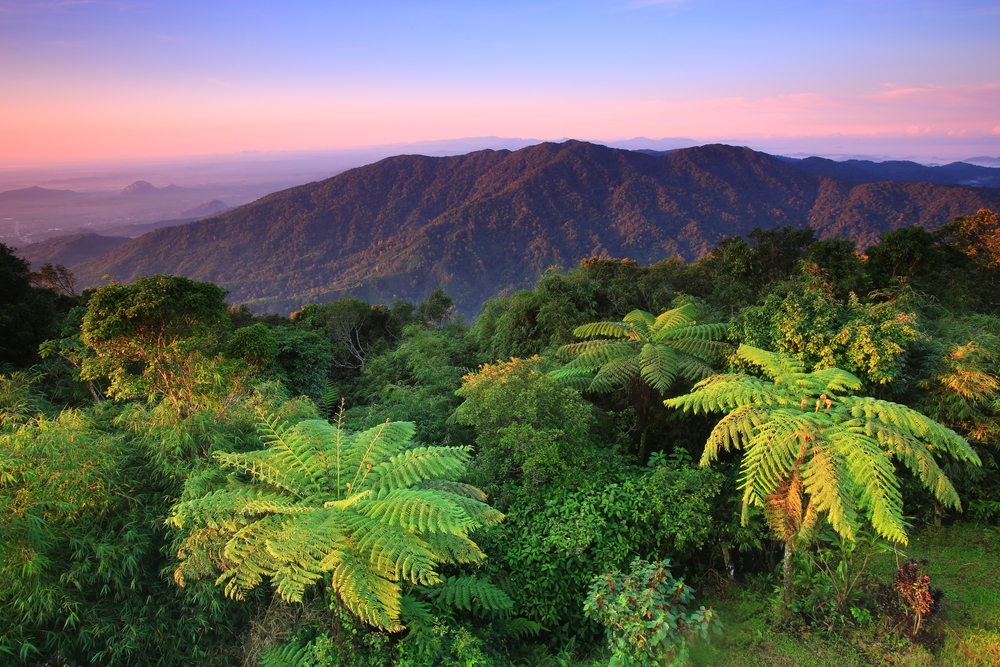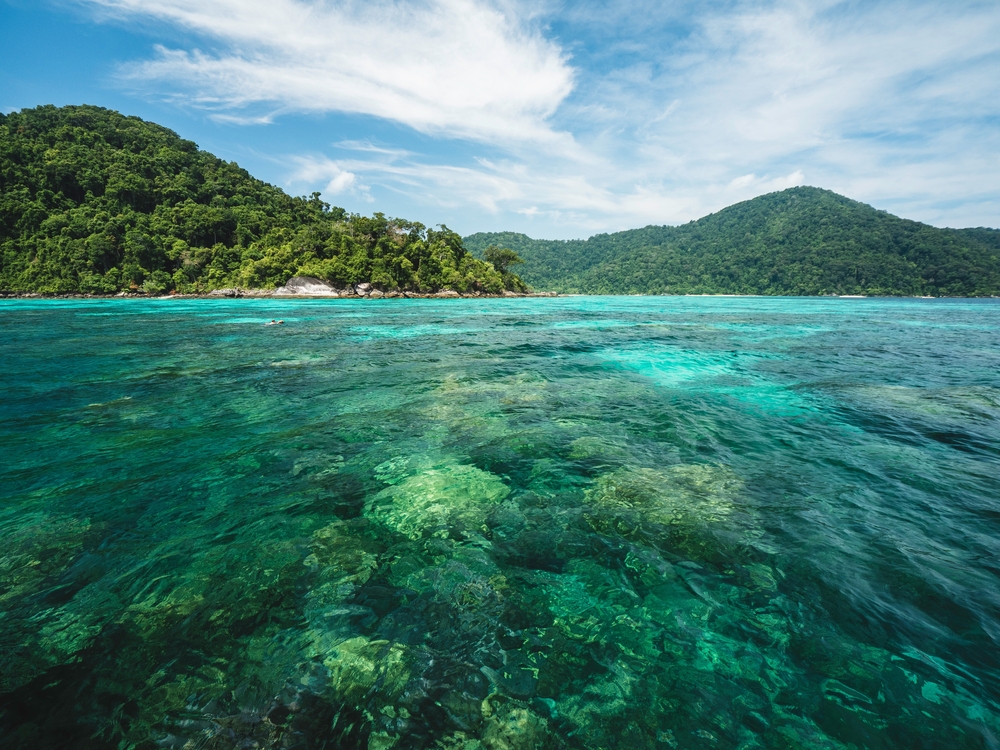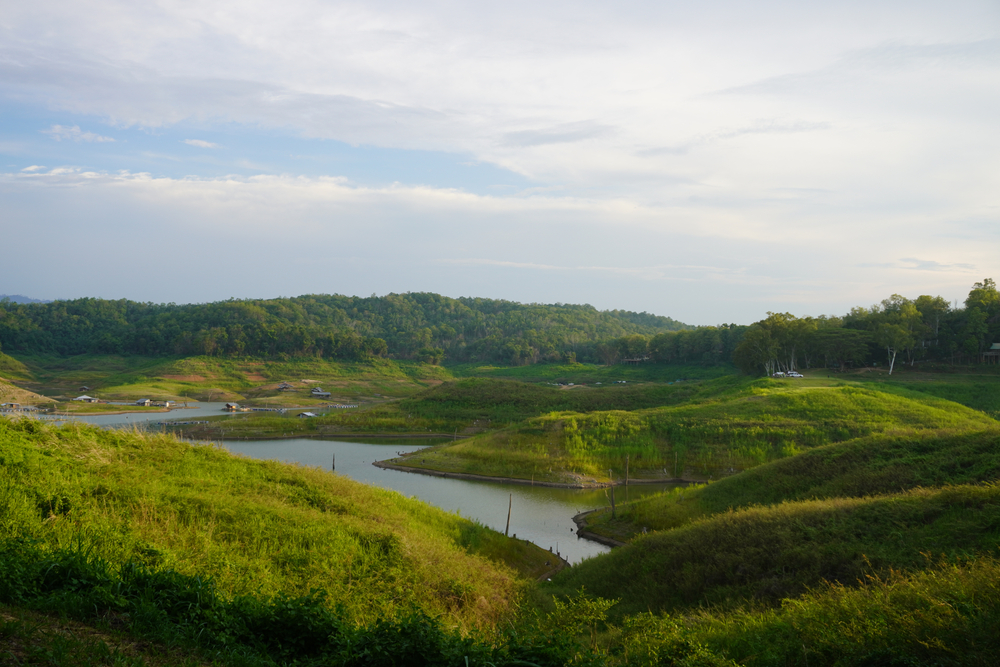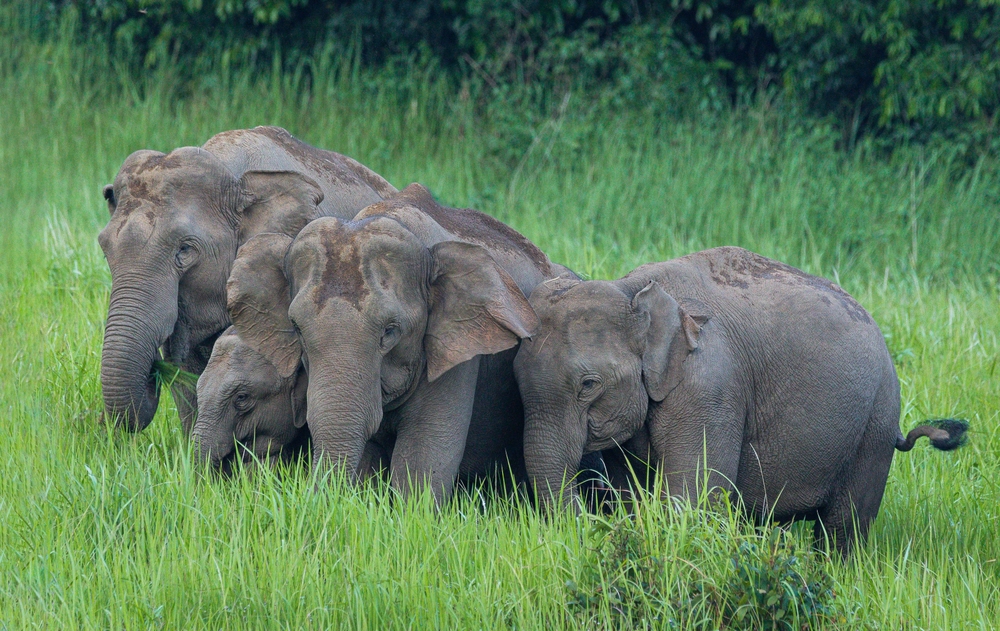Phu Hin Rong Kla Overview
Phu Hin Rong Kla National Park, locally known as “อุทยานแห่งชาติภูหินร่องกล้า,” is a stunning expanse of protected natural beauty located in northern Thailand. Covering an area of approximately 121 square miles (314 square kilometers), the park is situated in the provinces of Phitsanulok, Loei, and Phetchabun. Its location in the Loei mountain range ensures a dramatic and diverse landscape, ranging from rugged peaks to lush forests and serene waterfalls.
This park holds historical significance as it was once a strategic base for political insurgents during the mid-20th century, and remnants of this history, such as the former guerrilla camp and underground hospital, remain preserved.
The terrain of Phu Hin Rong Kla National Park is characterized by rocky plateaus, steep cliffs, and fertile valleys. One of the most remarkable features of the park is Lan Hin Pum, a unique stone field dotted with strange rock formations that resemble buttons, offering a surreal and otherworldly experience. Another significant attraction is Pha Chu Thong, a cliff with breathtaking views of the surrounding forested valleys, particularly captivating during sunrise and sunset.
The park’s waterfalls, including Man Daeng Waterfall, with its multi-tiered cascade, and Tat Fa Waterfall, contribute to its enchanting charm. The forest is a mix of tropical and deciduous varieties, with pockets of rare Himalayan cherry trees that bloom in vivid pink during the cooler months, creating a picturesque landscape.
Wildlife in Phu Hin Rong Kla National Park is both diverse and captivating. The park is home to mammals such as civets, Asian black bears, and barking deer. Bird enthusiasts can spot species like the blue whistling thrush, the scarlet minivet, and the great barbet among the park’s dense foliage. The variety of flora and fauna makes the park a haven for nature lovers and an essential area for biodiversity conservation.
Visitors are drawn to Phu Hin Rong Kla for its mix of natural beauty and historical intrigue. Trails leading through the park offer a chance to explore its many unique features, including the remnants of insurgent activity, such as the Revolutionary Museum and the former base camp. The park is also popular among photographers and adventurers seeking to capture its panoramic views and geological wonders. Trekking, bird-watching, and waterfall exploration are the primary ways to experience the park, while the cool climate adds to its appeal, particularly during the winter months.
Conservation efforts in Phu Hin Rong Kla National Park have focused on protecting its unique ecosystems and historical sites. Challenges include balancing tourism with environmental preservation and addressing illegal logging and poaching. The park management has made strides in community engagement and education, fostering greater awareness of the need to preserve this natural and cultural treasure.








































































